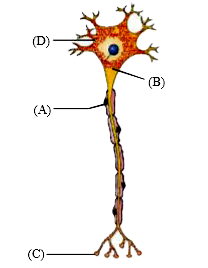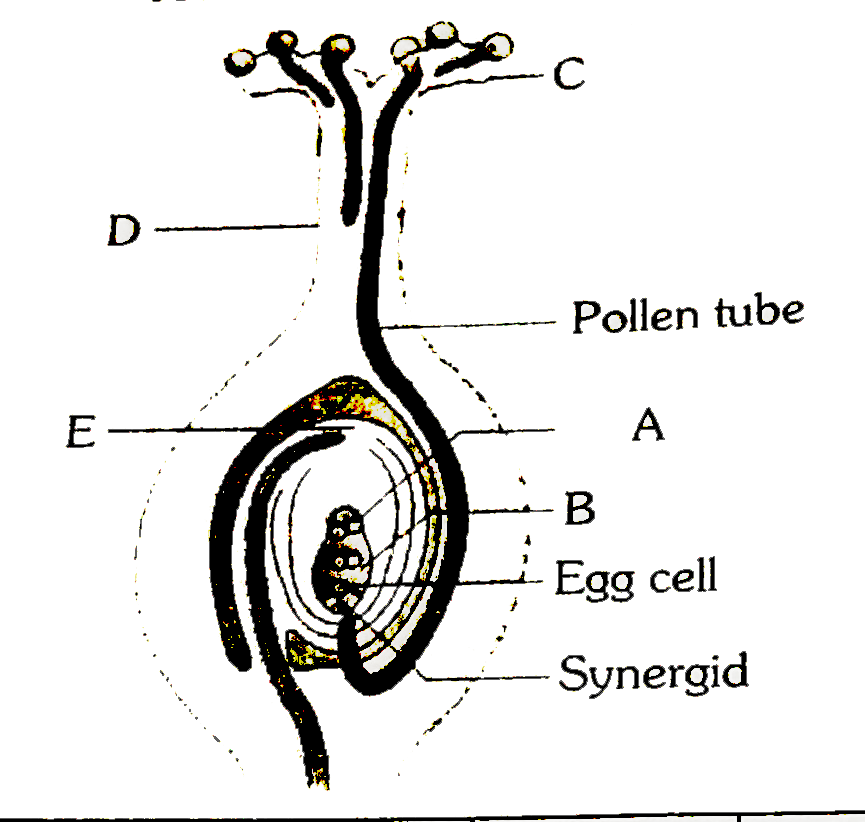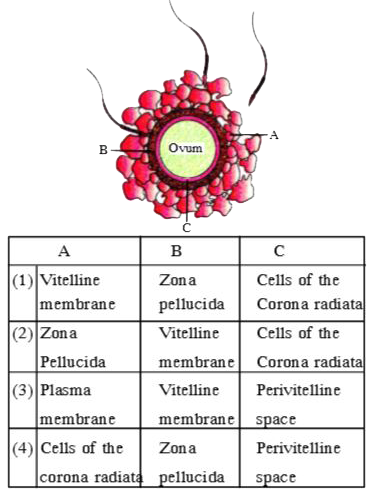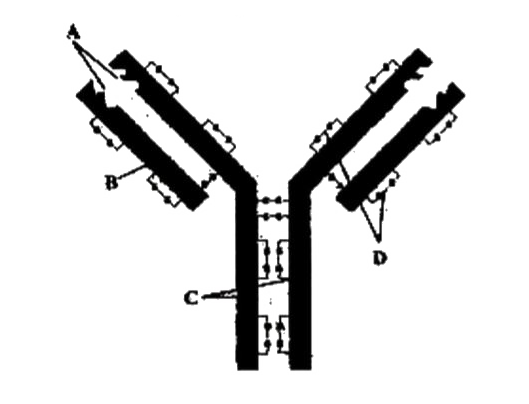Choose the correct option Mycorrhiza is a symbiotic association of fungus with root system which helps in
A. absorption of water
B. mineral nutrition
C. translocation
D.gaseous exchange.
Only I
Only II
I and II
II and III
The correct Answer is:B
Step by step video, text & image solution for Choose the correct option Mycorrhiza is a symbiotic association of fungus with root system which helps in A. absorption of water B. mineral nutrition C. translocation D.gaseous exchange. by Biology experts to help you in doubts & scoring excellent marks in Class 12 exams.
Updated on:21/07/2023Topper's Solved these Questions
- TRANSPORT IN PLANTS Book:ARIHANT NEETChapter:TRANSPORT IN PLANTS Exercise:Chapter exercises B. Medical entrances special format questions (Match the columns )
Explore 3 Videos
- TRANSPORT IN PLANTS Book:ARIHANT NEETChapter:TRANSPORT IN PLANTS Exercise:Chapter exercises B. Medical entrances special format questions (Assertion and reason)
Explore 10 Videos
- TRANSPORT IN PLANTS Book:ARIHANT NEETChapter:TRANSPORT IN PLANTS Exercise:Chapter exercises A. Taking it together (Assorted Questions of the Chapter for Advanced Level Practice )
Explore 138 Videos
- THEORIES OF EVOLUTIONBook:ARIHANT NEETChapter:THEORIES OF EVOLUTIONExercise:Chapter exercise C (Medical entrances gallery ( collection of questions Asked in NEET & Various Medical Entrance Exames )
Explore 4 Videos
- VIRUSES Book:ARIHANT NEETChapter:VIRUSES Exercise:C. Medical entrances gallery
Explore 32 Videos
Similar Questions
Knowledge Check
Which process helps in the absorption and upward movement of water and minerals from the roots to the leaves?
ASedimentationBCondensationCAccumulationDTranspirationChoose the correct option for label (A), (B), (c ) and (D) respectively in given diagram.
 ANode of Ranvier, Trigger zone, myelin sheath Nissl's granuleBSchwan cell, Trigger zone, synaptic knob Nissl's granulesCNissl's granule, synaptic knob, cell body Schwann celDSchwann cell, Synaptic knob, Trigger zone, Nissl's granules
ANode of Ranvier, Trigger zone, myelin sheath Nissl's granuleBSchwan cell, Trigger zone, synaptic knob Nissl's granulesCNissl's granule, synaptic knob, cell body Schwann celDSchwann cell, Synaptic knob, Trigger zone, Nissl's granules
Choose the correct picture that replaces the (?) symbol above with the below give options:

(a)a
(b)d
(c)c
(d)dAABDCCDB
We find that Rhizobium forms nodules on the roots of leguminous plants. Also Frankia another microbe forms nitrogen fixing nodules on the roots of non-leguminous plant Alnus.
(a) Can we artificially induce the property of nitrogen-fixation in a plant, leguminous or non-leguminous ?
(b) What kind of relationship is observed between mycorrhiza and pine trees ?
(c) Is it necessary for a microbe to be in close association with a plant to provide mineral nutrition ? Explain with the help of one example.
View SolutionA. Name two important macronutrients which are made available for plants by biofertillizers.
B. Name the cyanobacterium which forms symbiotic association with Azolla.
C. Give the names of the partners which form symbiotic association in the following: (i) Lichen (ii) Mycorrhiza (iii) Root nodules (iv ) Coralloid roots.
D. Give the name of bacterium which was used as first biopesticide on a commercial scale in the world.
View SolutionComplete the following by selecting the correct option for the blanks A , B and C from the options given below.
The symbiotic association formed by fungi with roots of higher plants is known as .... A....it is mainly formed by members from the genus.... B..... The fungal symbiont in these associations is responsible for absorbing......C......from the soil and passing it to the plant. It also has many other benefits like resistance to root borne pathogens tolerance to salinity and droughts , etc......D..... Seeds cannot germinate and establish without the presence of ......A .....
View SolutionThe main functions of the root systems are
(a) Absorption of water & minerals
(b) Providing a proper anchorage to the plant
(c) Maintaining the temperature & pressure of the plant
(d) Gaseous exchange
View SolutionChoose the right option in which all the alphabets A, B, C, D and E are correctly identified

View Solution



